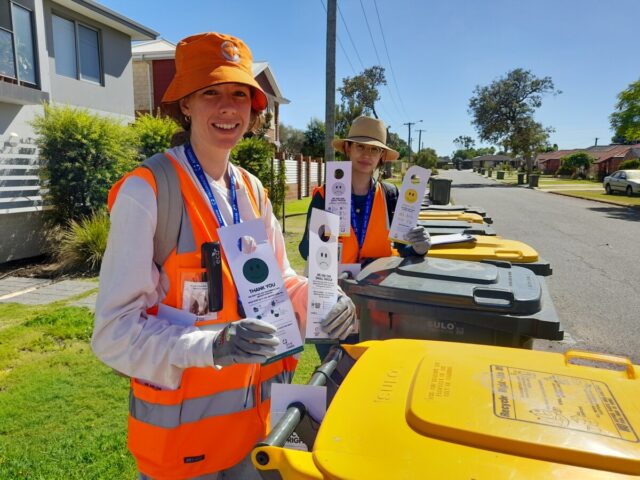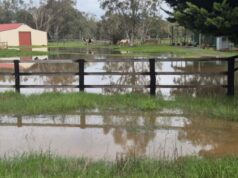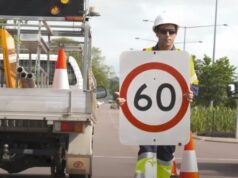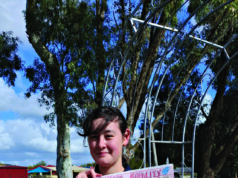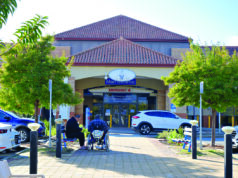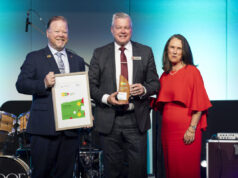The City of Canning has touted some impressive figures in the latest round of its bin tagging problem – figures that drastically oversell the program’s effectiveness.
The sixth round of the City’s bin tagging program, which began in 2019 and costs, on average, $13,600 per round, targeted randomly chosen areas of East Cannington, St James, Ferndale, Riverton, Canning Vale, Queens Park, Wilson, Cannington, Parkwood, and Willetton.
Over the eight-week period, at a cost of $22,600 due to an additional two weeks of inspections, bins in these areas were assessed three or four times, with tags placed on the yellow recycling bins to help inform residents of how to dispose of their waste correctly.
Waste education officers are only authorised to look at the top of the bins, and while they move items sitting at the top of the bin to see contents below, they are not authorised to sift through the bin.
In a media release, the city said that data from the end of the program revealed a 95 per cent increase in yellow lid bins with correct recycling behaviour, as well as a 21 per cent decrease in soft plastics and long-life cartons, a 22 per cent reduction of lids on bottles and a 30 per cent decrease in bagged recyclables in yellow lid bins.
Mayor Patrick Hall said he was pleased with the impact of the program.
“Overall, the program was a great success with significant improvements from residents in the selected areas,” he said.
“It’s great to see the impact the program has had on positive recycling behaviour, as correct recycling in our bins means a better outcome for the environment and lower fees for the city.”

While a 95 per cent increase might seem like an incredible turnaround in recycling rates, that increase is deceiving.
Following on from questions from Examiner Newspapers, Mr Hall confirmed the starting percentage of bins with no contamination was a lowly 13.6 per cent, meaning the 95 per cent increase in recycling behaviour actually equates to a paltry 12.92 per cent, a total increase to 26.52 per cent.
The figure of 95 per cent is technically correct, but in context it seems the tagging program has not had nearly the success Mr Hall claimed.
Examiner Newspapers undertook due diligence, going to the city to double-check the maths, and received a response from the city confirming the figures.
Curiously, the response said the confirmation cannot be attributed to Mr Hall, despite the Mayor being the official spokesman for the city.


